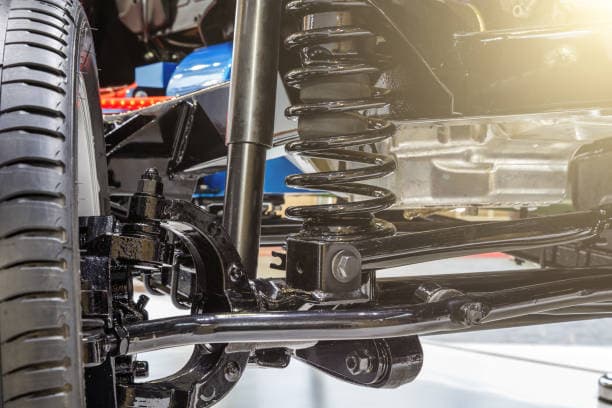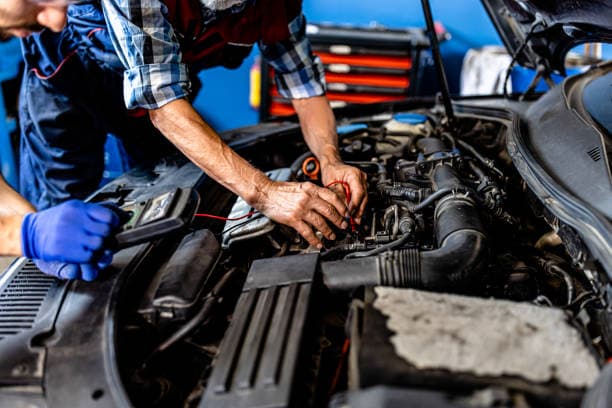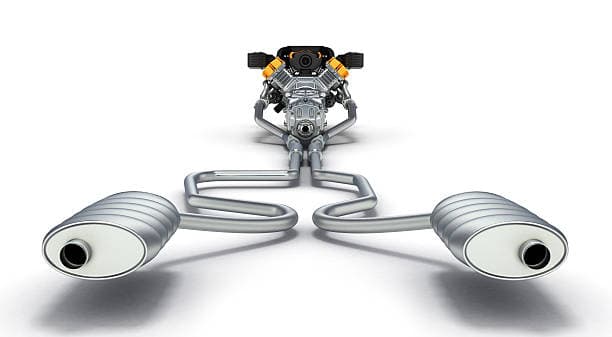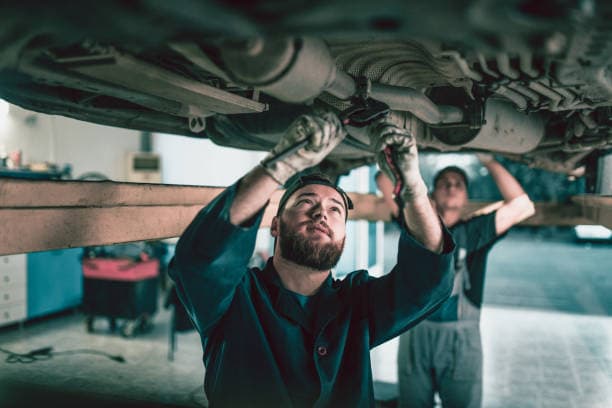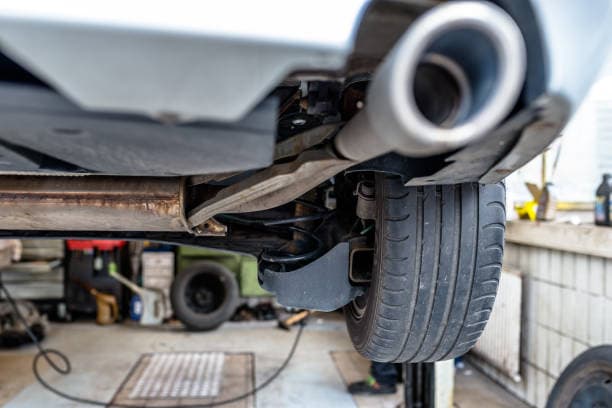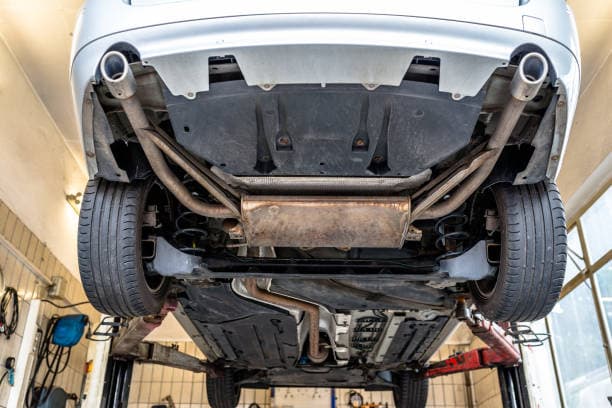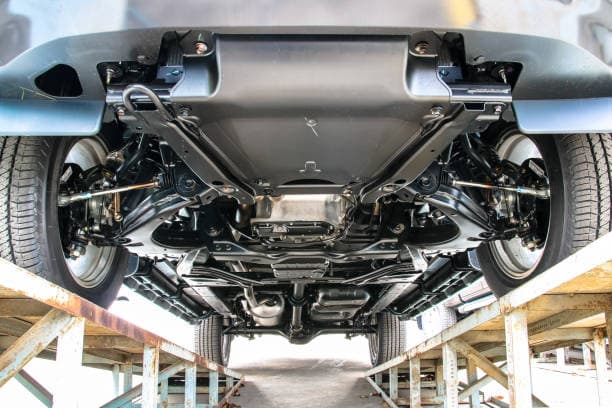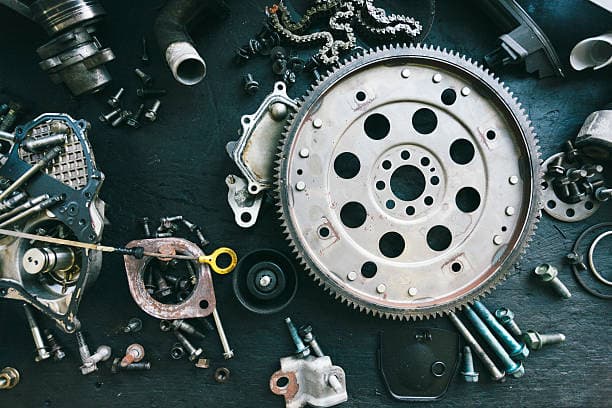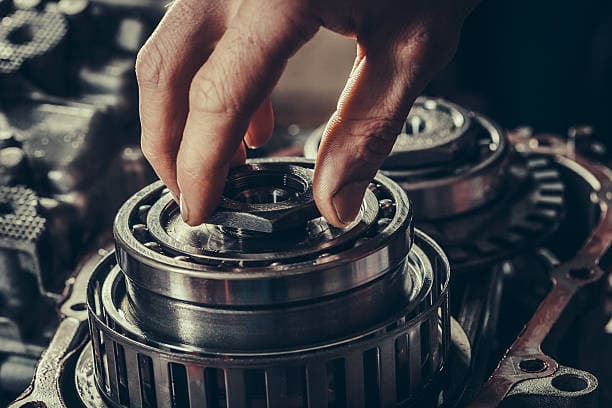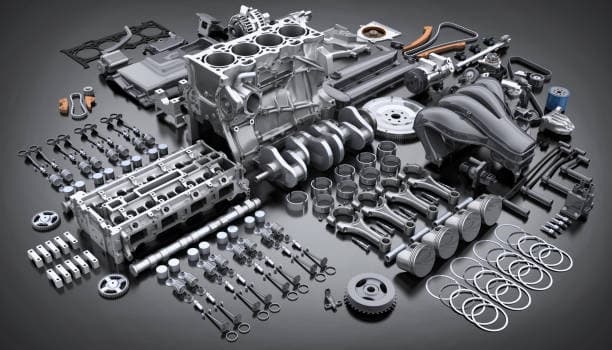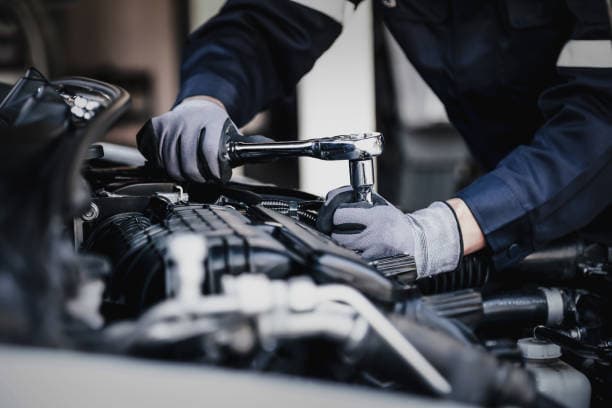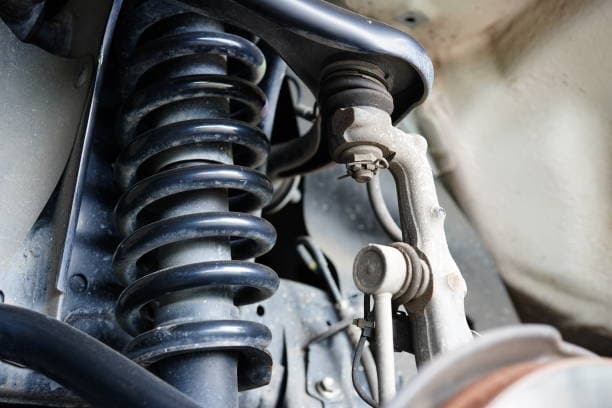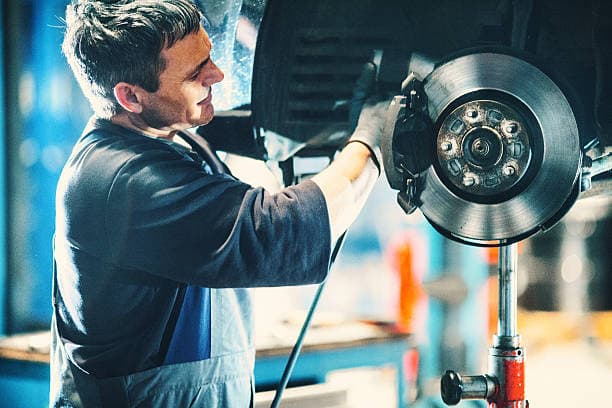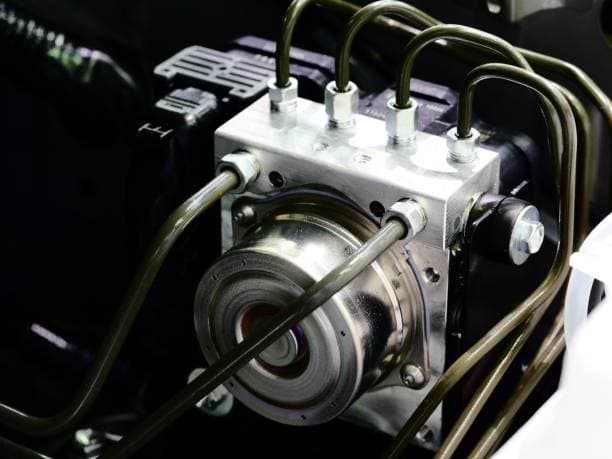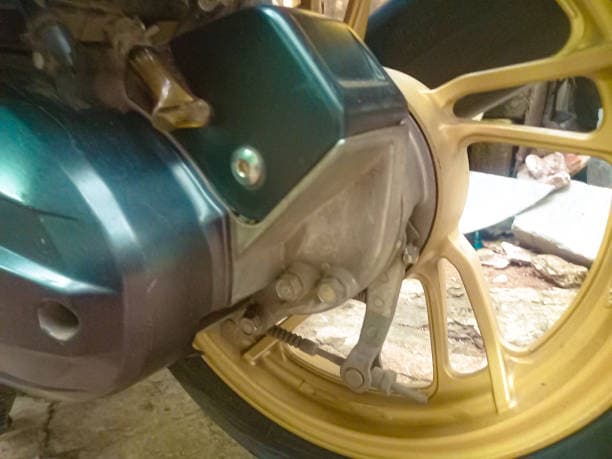The Role of Suspension Systems in Vehicles
Suspension systems are fundamental components in vehicles that significantly influence driving dynamics, comfort, and safety. They act as a cushion between the vehicle body and the road, absorbing shocks and vibrations caused by uneven surfaces. The primary goal of a suspension system is to ensure that the tires maintain contact with the ground while also providing stability and comfort to the occupants.

In addition to supporting the weight of the vehicle, the suspension system allows for the movement of the wheels in relation to the chassis. This flexibility is crucial for ensuring that each wheel can react independently to road conditions, providing a smoother and more controlled ride.
Ensuring Comfort and Stability
One of the primary functions of a suspension system is to ensure comfort for passengers by minimizing the impact of bumps and potholes. A well-designed suspension system can absorb the shock from obstacles on the road, enabling passengers to enjoy a smooth ride. Without an effective suspension system, even small bumps would create excessive jarring and discomfort.
Stability is also a critical aspect of comfort during cornering and braking. A well-tuned suspension helps prevent excessive body roll when a vehicle takes a turn and contributes to maintaining control during sudden stops. Advanced technologies, such as adaptive suspension systems, have emerged to further enhance this stability by automatically adjusting the suspension settings based on real-time driving conditions.
Enhancing Road Handling
Suspension systems play a vital role in improving road handling characteristics. They enhance the vehicle's grip on the road, allowing for better maneuverability. This capability is especially important for performance vehicles, where precision handling can significantly impact driving enjoyment and safety.
By tuning the suspension system, manufacturers can influence how a vehicle reacts to inputs from the driver. Stiffer suspension settings provide more responsive handling, while softer settings offer more comfort. Additionally, the integration of technologies like electronic stability control and active suspension systems has revolutionized how vehicles handle, allowing for real-time adjustments that enhance both performance and safety on the road.
Protecting the Vehicle and Cargo
A well-functioning suspension system not only benefits passengers but also protects the vehicle itself and any cargo being transported. By mitigating the impact of road irregularities, the suspension reduces stress on various vehicle components, thereby prolonging their lifespan.
Similarly, vehicles carrying goods must consider suspension as a key factor in ensuring that cargo remains secure and intact during transportation. In commercial vehicles, specialized suspension systems are often employed to handle heavy loads and provide stability, ensuring both the vehicle and its cargo withstand the rigors of daily use.
The Basic Components of Suspension Systems
Understanding the basic components of suspension systems helps in appreciating how they work. Each component serves a unique role and contributes to the overall effectiveness of the system. Key parts include springs, dampers, anti-sway bars, bushings, and mounts.

Springs and Dampers
Springs absorb the kinetic energy created by road imperfections and compress under weight. Different types of springs, such as coil springs, leaf springs, and air springs, are used based on vehicle design and purpose.
Dampers, often referred to as shock absorbers, work in tandem with springs to control the rate of oscillation. The choice of damper type—whether monotube or twin-tube—can significantly influence ride quality and handling characteristics.
Anti-Sway Bars
Anti-sway bars, or stabilizer bars, connect the left and right sides of the suspension, helping to control body roll during cornering. A strong, well-designed anti-sway bar contributes to a more stable and predictable driving experience, particularly in larger vehicles.
Bushings and Mounts
Bushings and mounts serve to connect various components of the suspension to the vehicle chassis and reduce noise and vibration. Stiffer bushings may enhance responsiveness, while softer bushings prioritize comfort.
Different Types of Suspension Systems
Suspension systems can generally be categorized into three main types: dependent, independent, and semi-dependent. Each type offers distinct advantages and is suited to different vehicle requirements.
Dependent Suspension Systems
Dependent suspension systems link the left and right wheels together, meaning that when one wheel moves, the other is also affected. This system is commonly found in trucks and off-road vehicles, where load-carrying capabilities are crucial.
Independent Suspension Systems
Independent suspension systems allow each wheel to move independently from the others. This design significantly enhances ride quality and handling performance. Many modern vehicles, especially passenger cars and high-performance models, utilize independent suspension to maximize comfort and control.
Semi-Dependent Suspension Systems
Semi-dependent suspension systems are a blend between dependent and independent designs. These systems typically use a solid axle that allows for both independent wheel motion and some degree of interdependence.
The Evolution of Suspension Systems
The evolution of suspension systems is a testament to advancements in automotive engineering. From the rudimentary designs of early vehicles to the sophisticated mechanisms of today's cars, suspension technology has significantly transformed.

Early Suspension Systems
Historically, early suspension systems were quite basic, often using simple leaf springs or rigid axles. Over the decades, innovations such as coil springs, hydraulic dampers, and independent designs emerged, leading to marked improvements in ride quality and vehicle performance.
Modern Developments in Suspension Technology
Today, modern vehicles often feature adaptive suspension systems that can adjust stiffness based on driving conditions. Innovations such as air suspension, magnetic ride control, and active suspension systems have further enhanced the driving experience, allowing for real-time adjustments that provide superior comfort and handling precision.
As vehicles evolve towards automation and electric power, ongoing advancements in suspension technology will play a crucial role in defining future driving experiences.
